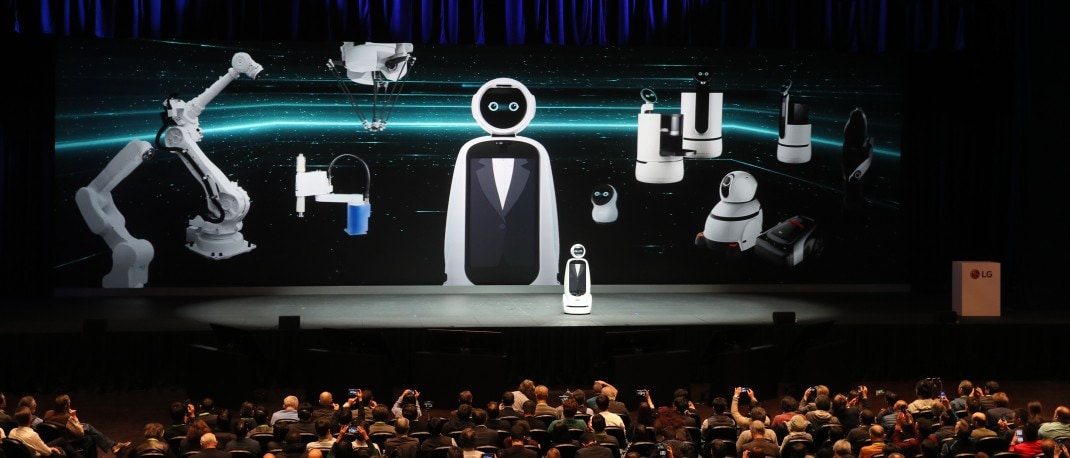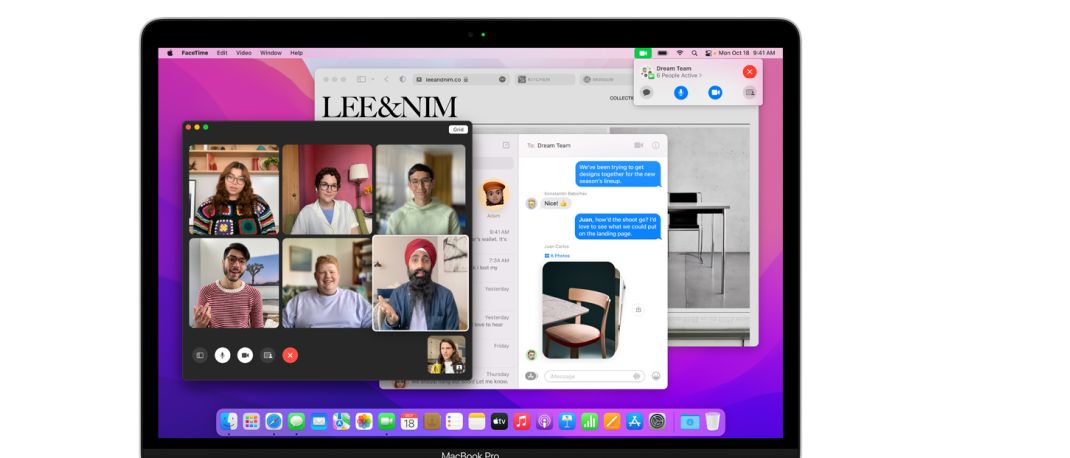CES is a pretty big deal if you are someone who uses technology on a daily basis, or even if you’re just an enthusiast. Everything you see at the grand Consumer Electronics Show (CES) is a reflection of what we are going through see in the form of end-products through the remainder of the year. Every year has a theme. Brands and manufacturers have focussed the past months trying to make sense of the direction in which the world moves, what people need and want, what’s trending and what no longer is. They’ve used forecasting information and looked at trends and patterns to choose a new strategy for the next year and it comes down to this.
We in fact, compiled an article to list out all the products we thought were impressive and through it, we got a gist of what we’re likely to see less of, more, and things we’ve never seen before. Let’s start with what wasn’t bright and loud at CES.
8K televisions are already here
 We were just getting warmed up to the idea of 4K TVs and broadcasters have just started streaming 4K content to set-top boxes and online streaming services. Meanwhile, all the major TV brands are already speaking 8K TVs. Sharpness and detail of course improves, and they still are likely to follow existing HDR standards. Larger TVs seem to be a by-product of this evolution as we’ve seen sizes in excess of 75 and 85 inches. Some TVs even touch a 100 inches. Future adopters should excited but also aware that prices might be ridiculously high. Most streaming services might not be able to provide you with content just yet but with 8K capable PCs and laptops on the horizon, you might be able to use these TVs.
We were just getting warmed up to the idea of 4K TVs and broadcasters have just started streaming 4K content to set-top boxes and online streaming services. Meanwhile, all the major TV brands are already speaking 8K TVs. Sharpness and detail of course improves, and they still are likely to follow existing HDR standards. Larger TVs seem to be a by-product of this evolution as we’ve seen sizes in excess of 75 and 85 inches. Some TVs even touch a 100 inches. Future adopters should excited but also aware that prices might be ridiculously high. Most streaming services might not be able to provide you with content just yet but with 8K capable PCs and laptops on the horizon, you might be able to use these TVs.
Large monitors, Uber-ultra-wide monitors!
This CES seems to be all about screens. First, it was 8K TVs, it’s also ultra-wide monitors. Two of the big names, LG and Lenovo are putting in resources into them. They showed off a bunch of ultra-wide monitors, unlike any other we’ve seen in the past. These were 44 and 49 inch monitors with ridiculously wide aspect ratios of 32:9. PCs and laptop accessories seem to be making a major comeback with the launch of products such as these. These formats of monitors offer the ample workspace we would all like to have. These resolutions allow users to run 3-4 windows side-by-side without ever having to switch between them. They are also curved to reduce any kind of blurring and optical aberrations we might see on the extreme ends of these displays.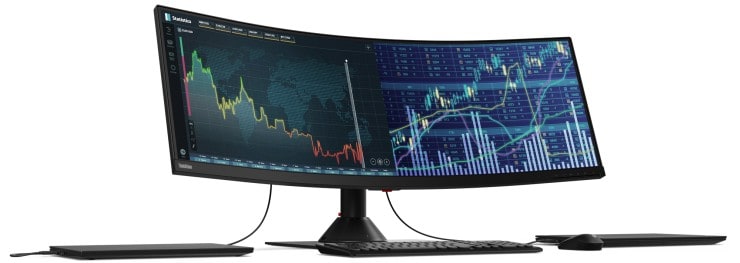 No one even seems to be talking about smaller 22 and 24 inch monitor. They’re passé. Most brands are aiming at 27-inch displays as the starting point for monitors, with resolutions starting at QHD (2560×1440) and going up to 4K. 27-inch monitors running 1440p resolutions and 32-inch models going to 4K are the sweet spot, and they should be a companion for your laptop or PC.
No one even seems to be talking about smaller 22 and 24 inch monitor. They’re passé. Most brands are aiming at 27-inch displays as the starting point for monitors, with resolutions starting at QHD (2560×1440) and going up to 4K. 27-inch monitors running 1440p resolutions and 32-inch models going to 4K are the sweet spot, and they should be a companion for your laptop or PC.
Another set of monitors we can see this year are 120 and 144Hz 4K monitors with HDR support, meant for gaming. While they may appear to be TVs, they’re actually designed for low-latency, precision, perfect for gamers. Brands such as HP and Dell are putting their money on them. When was the last time you heard of an HP selling a 65-inch monitor?
Laptops are the mobile phones of 2019
Well, at least that’s what the brands making them would like to think. Features like edge-to-edge displays were only introduced last year, practically all brands are talking about them in laptops across the price range. So we can expect, thinner, slimmer laptops that are easier to carry in our bags. What this means for us is that we might see a 17-inch display in an older 15-inch laptop size format. Webcams are moving from the top of the screen to the bottom to make this happen, some brands even let you press-to-pop up the camera in some models. 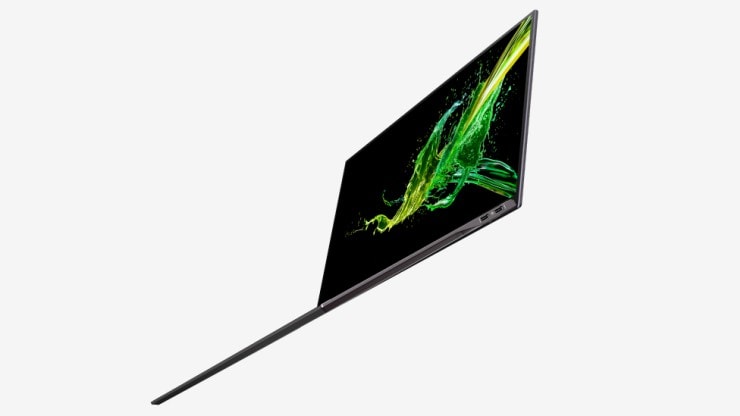
We know SSDs have been dropping in price, but 2019 might be the year we’ll see a lot of laptops using SSDs. Laptops that previously came with SSDs might ship with larger ones this year. Typically, you get a 128GB of 256GB SSD on a slightly higher priced laptop. We can expect 512GB ones in those price ranges starting 2019. The improvements in processor technology also means they run cooler, so you might see laptops with no fans at all – that’s no moving parts, no noise, no vibrations – a lot piece of hardware, pretty much like your phone or tablet.
Mobile phones are not buzzing, yet
 Mobile phones weren’t out in large numbers at CES 2019. There might be one reason for that, Mobile World Congress, a yearly event that’s meant specifically for mobile technologies. It takes place in Barcelona, Spain every year and it’s slated to happen at the end of February. Many of the major launches have either already happened and the patterns are clear. Phones will be faster, and we will have faster battery charging. Phones with smaller notches will evolve into phones with notches and more fingerprint scanners will be built into screens themselves. Some vendors showed off folding screen phones that felt more like early prototypes rather than practical devices. We’ll know the real trends in the mobile space when MWC takes place. Hopefully there will be revolutionary changes to the way smartphones function, rather than small upgrades
Mobile phones weren’t out in large numbers at CES 2019. There might be one reason for that, Mobile World Congress, a yearly event that’s meant specifically for mobile technologies. It takes place in Barcelona, Spain every year and it’s slated to happen at the end of February. Many of the major launches have either already happened and the patterns are clear. Phones will be faster, and we will have faster battery charging. Phones with smaller notches will evolve into phones with notches and more fingerprint scanners will be built into screens themselves. Some vendors showed off folding screen phones that felt more like early prototypes rather than practical devices. We’ll know the real trends in the mobile space when MWC takes place. Hopefully there will be revolutionary changes to the way smartphones function, rather than small upgrades
Virtual reality wasn’t much of a reality
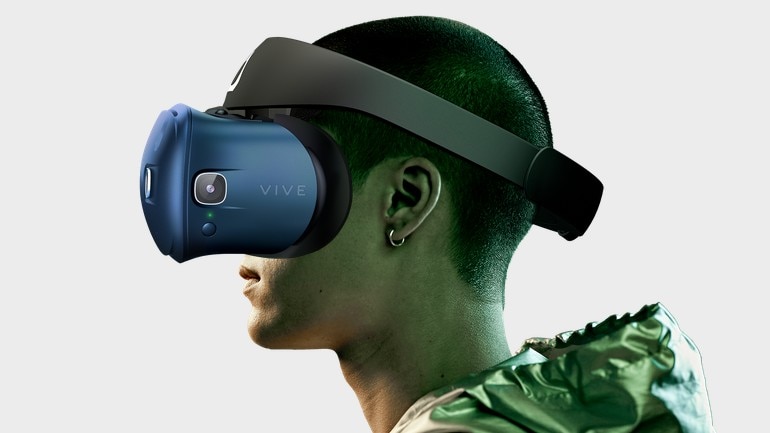 We would have liked to see virtual reality make it big, but it’s only HTC that’s focussing on it. The picture was very different back in 2018 where many more products and brands were talking VR and AR. Here in India, things still need to pick up pace and adoption for the technology is slower. Gaming consoles have led the way, shown some promise but the excitement of VR on gaming PCs and laptops is still unsubstantial owing to the high prices of hardware, especially graphics cards. It’s the same case in other regions too. Customers are purchasing the new tech but it’s not to the point where it’s affordable.
We would have liked to see virtual reality make it big, but it’s only HTC that’s focussing on it. The picture was very different back in 2018 where many more products and brands were talking VR and AR. Here in India, things still need to pick up pace and adoption for the technology is slower. Gaming consoles have led the way, shown some promise but the excitement of VR on gaming PCs and laptops is still unsubstantial owing to the high prices of hardware, especially graphics cards. It’s the same case in other regions too. Customers are purchasing the new tech but it’s not to the point where it’s affordable.
These were some of the trends that we saw at CES and we’ll see some of them mature as the months pass by. Around this time next year, we’ll really know what worked and what didn’t.
